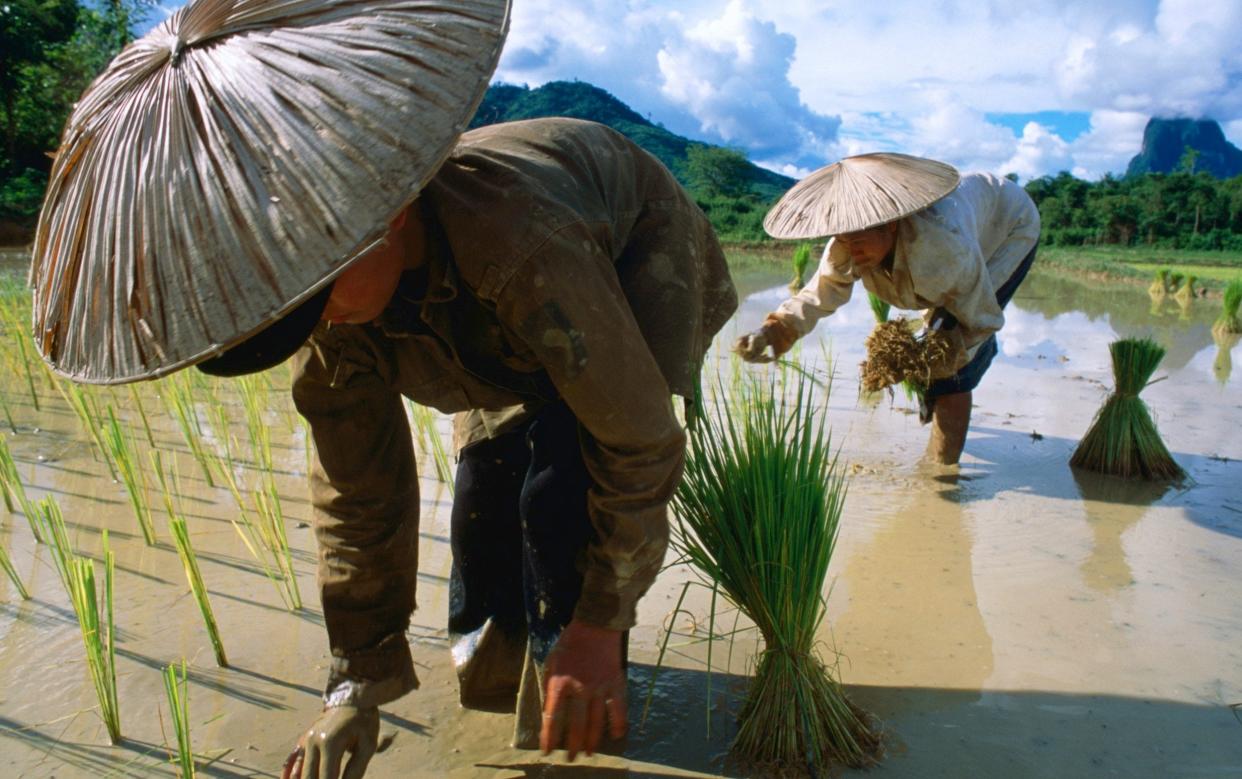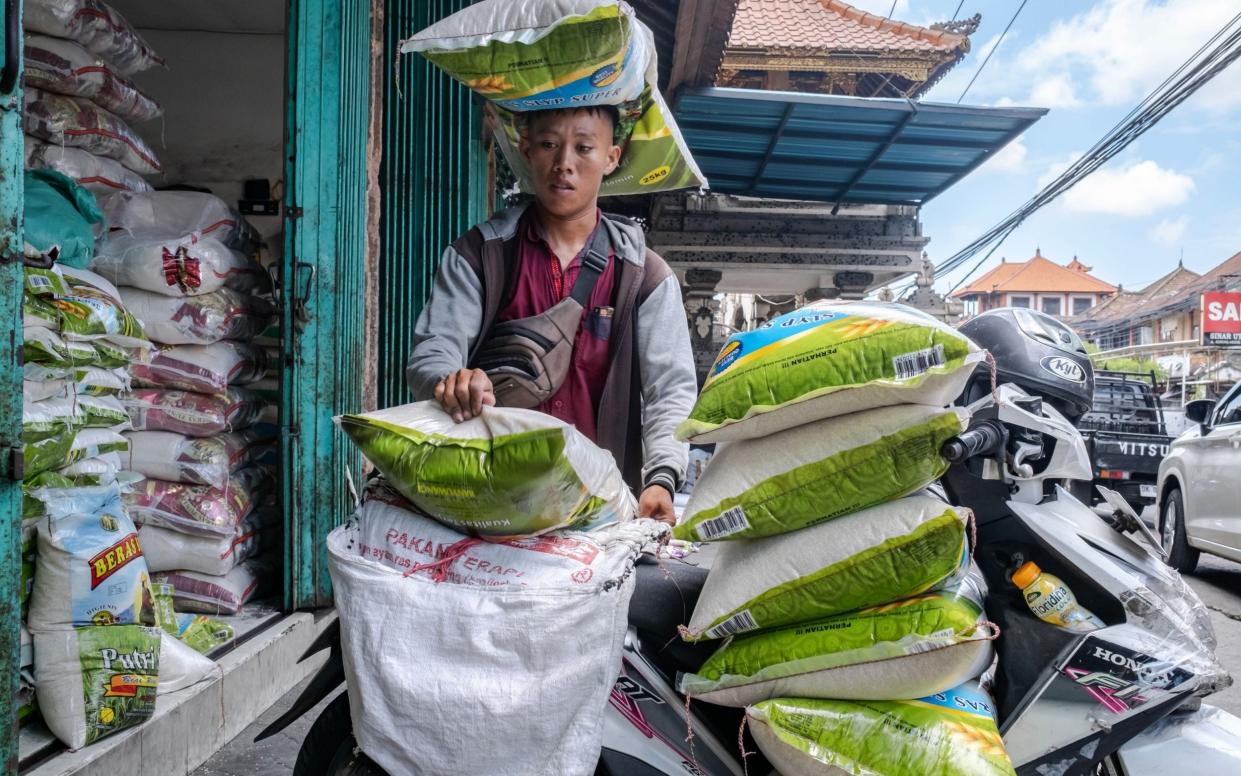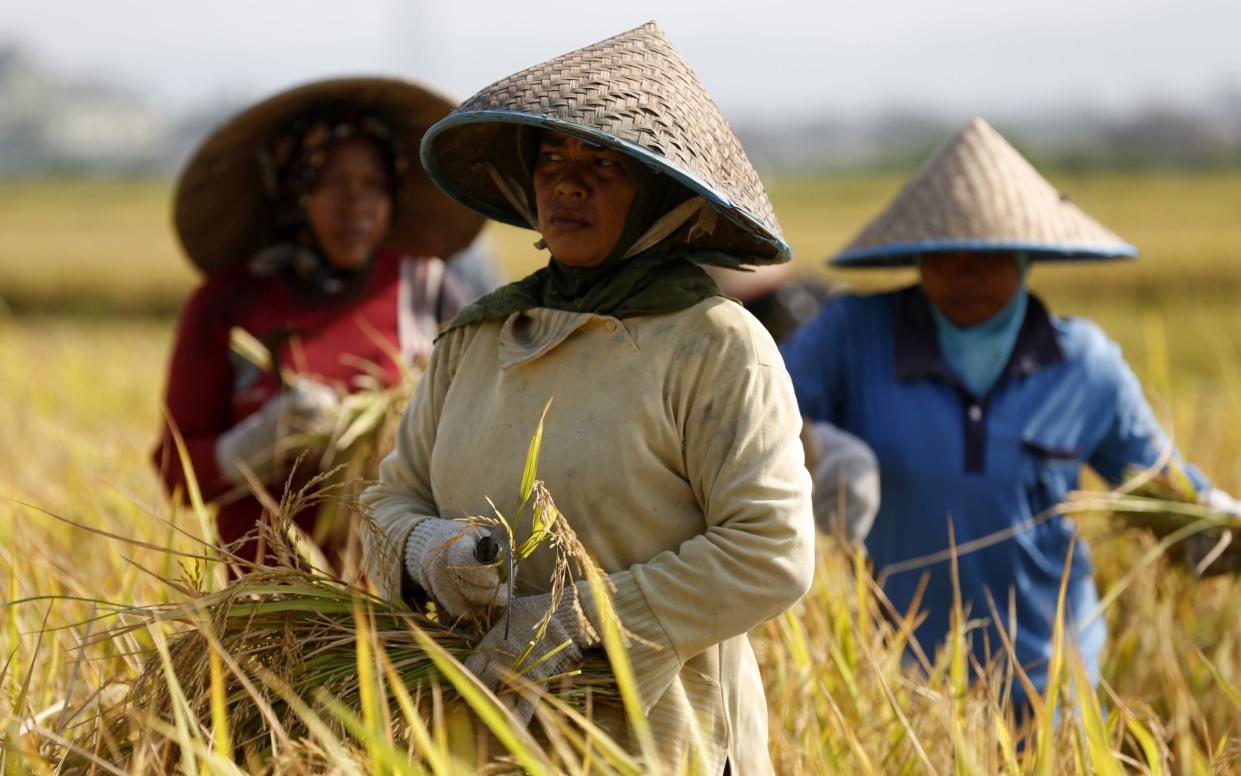How arsenic-polluted water is turning rice into a toxic staple

Arsenic-polluted water is turning rice into a toxic staple, especially in Asian countries, researchers have warned.
The semi-metal, a natural component of the Earth’s crust, is commonly found in soil and groundwater – especially in south and southeast Asia. But it is extremely harmful if consumed, and arsenic contamination has been linked to serious health conditions including cancers, skin lesions and diabetes.
While drinking water is heavily regulated and monitored by governments including the UK, researchers estimate that roughly 32 per cent of the world’s population live in countries which do not adhere to the safe limits set by the World Health Organization.
Figures on actual exposure remain more limited, but the WHO estimates that up to 220 million people regularly drink groundwater with high levels of arsenic contamination.
Dr Manoj Menon, an environmental scientist at the University of Sheffield’s Institute for Sustainable Food, warned that this a particularly significant issue for regions heavily reliant on rice.
“Rice is a semi-aquatic plant – usually grown in standing water on the soil, it [is] vulnerable to picking up arsenic from the water around it,” he said. “If the water is contaminated with arsenic, it goes into the plant.”

The same is true of cooking rice. If arsenic-safe water is used, it removes it from the staple – but if the water is contaminated, rice just absorbs more of the semi-metal.
But many countries in Asia – including Bangladesh, China, Thailand and Cambodia – still use outdated measures to determine if water is ‘safe’, according to a study in Science of the Total Environment, which builds on research on arsenic-spiked water over the last 20 years.
“The arsenic problem is affecting millions worldwide, particularly in Asian countries,” said Dr Menon, lead author of the report. “We already know that rice has more arsenic than other cereals, and the risk is exacerbated if we cook rice with arsenic-contaminated water above the WHO recommended limit.
“That is why it is vitally important that countries worldwide work to adopt the latest WHO recommendations to ensure arsenic exposure is minimised as much as possible to protect the public,” he said. “People in the UK may only consume around 5kg of rice annually, but the average global consumption is 57kg, and even higher at 85kg across Asia.”
Prof Andrew Meharg, a professor of plant and soil sciences at Queen’s University Belfast who was not involved in this study, said the outlook in West Bengal, Bangladesh and the poorer delta regions of southeast Asia “is pretty bleak”.
“[Their] water source is contaminated; their primary food source, rice, is contaminated. The only way to deal with the water issue is to both invest in very large-scale treatment plants to clean up either groundwater or to make river water microbially safe, and pipe this water to people’s homes,” he told the Telegraph.
“However, piping infrastructure is difficult in deltas due to constant land erosion. The local governments cannot afford this, so it needs international funded aid programmes.”

In the latest study, Dr Menon’s team compared arsenic absorption across different types of rice, with different contamination rates, and while using different cooking methods.
They found white and parboiled rice, which are most commonly eaten in the West and across Asia, absorb more arsenic than brown rice when cooked with contaminated water.
Dr Menon said that finding and rolling out better ways to reduce arsenic-contamination in rice is critical, given the health ramifications. For instance in Bangladesh, it emerged in the late 1990s that thousands of wells were contaminated after millions of people became sick.
Acute arsenic poisoning has dramatic and immediate effects, including vomiting, abdominal pain, diarrhoea and – in extreme cases – muscle cramping and death.
But numerous studies have also linked long-term exposure to various cancers, cardiovascular disease and diabetes. According to the WHO, early childhood exposure can also have a negative impact on cognitive development, and increased deaths in young adults.
There are some strategies to reduce the risk. In Bangladesh – where people consume an average of 170kg of rice annually – authorities now paint wells red or green, after testing them for arsenic.
But the problem persists, and researchers are now focusing on strategies to reduce the amount of arsenic that rice absorbs.
Also working in Bangladesh, Dr Menon’s team found that draining and rinsing rice (like you would with pasta or noodles) once cooked reduces exposure compared to parboiled rice.
Meanwhile, Prof Meharg’s research has found that dehusking rice before you parboil and dry it, rather than afterwards, reduces inorganic arsenic levels. But he said this has “not been widely taken forward” so far.
“The realisation that there is a massive problem was some 30 years ago and nothing has been done to date,” he warned.
Protect yourself and your family by learning more about Global Health Security


